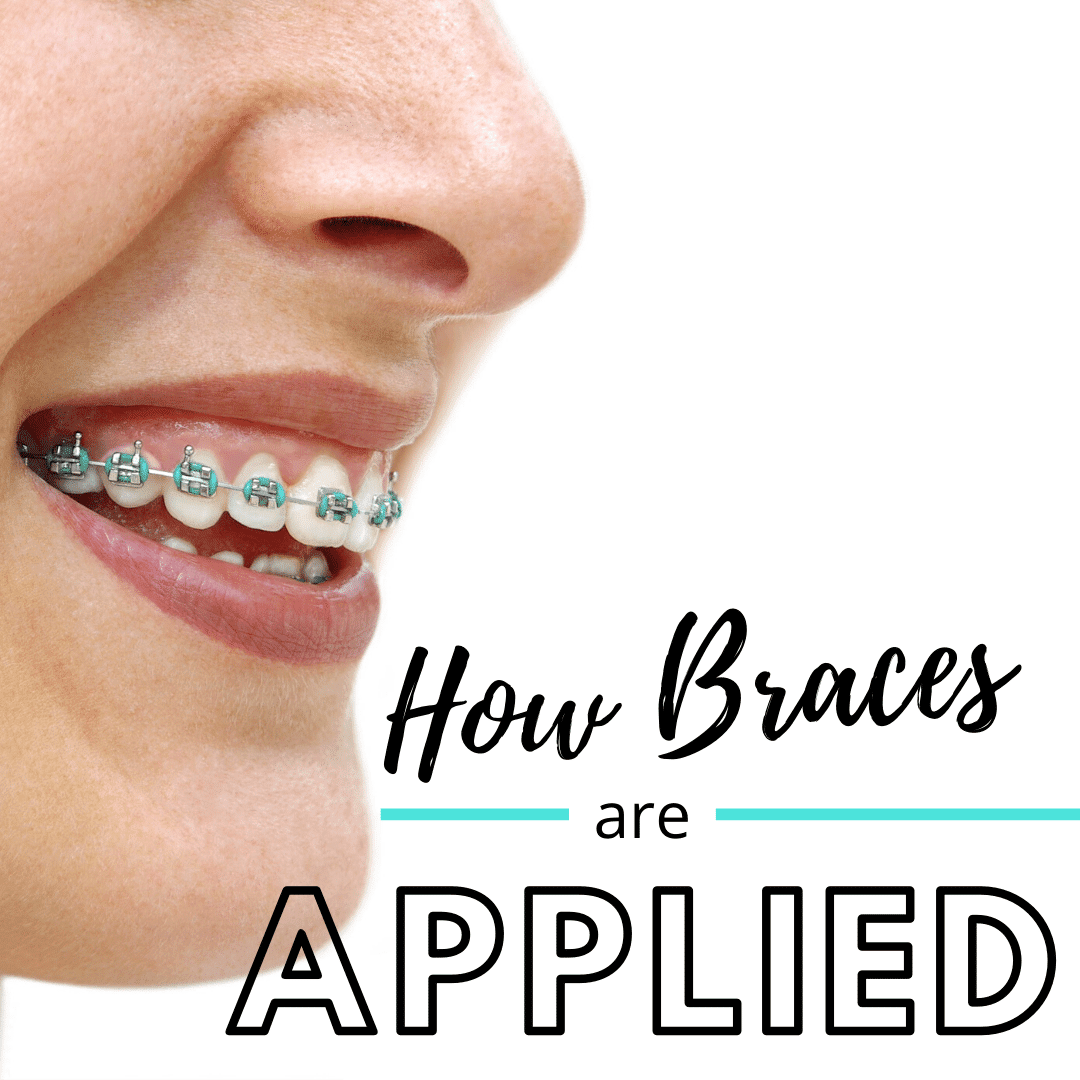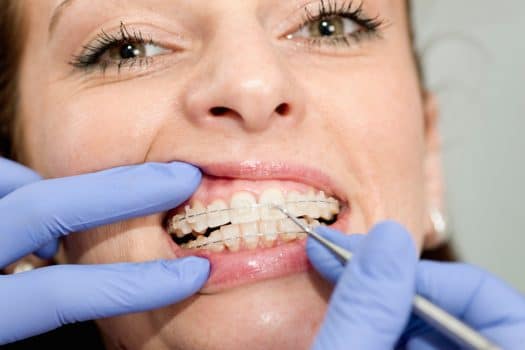All Star Family Orthodontics - Questions
All Star Family Orthodontics - Questions
Blog Article
The All Star Family Orthodontics Ideas
Table of ContentsThe 2-Minute Rule for All Star Family OrthodonticsHow All Star Family Orthodontics can Save You Time, Stress, and Money.Little Known Facts About All Star Family Orthodontics.An Unbiased View of All Star Family OrthodonticsAll About All Star Family Orthodontics

In enhancement, we use flexible therapy schedules, adaptable repayment options and a fun, pleasurable experience.
An orthodontist is a dentist trained to detect, avoid, and deal with teeth and jaw abnormalities. Orthodontists function with individuals of all ages, from kids to adults.
Malocclusion, or misaligned teeth, can lead to oral issues, including tooth decay, gum condition, and challenging or unpleasant chewing. Not every person is birthed with straight teeth. If you have a negative bite or big spaces between your teeth, you might wish to consult a dental expert specializing in orthodontic treatment.
The 6-Minute Rule for All Star Family Orthodontics
(Image Credit Score: DigitalVision/Getty Images) Orthodontists make use of fixed and detachable dental devices, like braces, retainers, and bands, to transform the position of teeth in your mouth. Orthodontic treatment is for dental irregularities, including: Crooked teethBite problems, like an overbite or an underbiteCrowded teeth or teeth that are too much apartJaw misalignmentThe goal of orthodontic therapy is to improve your bite.
While you may believe of orthodontists as primarily for children or teenagers that require dental braces, they can correct oral issues at any kind of age. Orthodontists attend university, oral college, and orthodontic school.
, however not all dental practitioners are orthodontists. They concentrate on 2 locations: Just how to appropriately and securely relocate teeth Exactly how to properly assist advancement in the teeth, jaw, and faceOnce an orthodontist has completed training, they have the choice to come to be board accredited.
The 30-Second Trick For All Star Family Orthodontics
Imbalance, or malocclusion, is one of the most typical factor individuals see an orthodontist. It is genetic and is the outcome of dimension distinctions between the top and reduced jaw or between the jaw and teeth. Malocclusion causes tooth congestion, an askew jaw, or uneven bite patterns. Malocclusion is usually treated with: Your orthodontist connects metal, ceramic, or plastic square bonds to your teeth.
If you have only small malocclusion, you may be able to utilize clear dental braces, called aligners, rather of conventional dental braces. Some individuals require a headwear to help relocate teeth right into line with pressure from outside the mouth. After dental braces or aligners, you'll require to wear a retainer. A retainer is a personalized gadget that maintains your teeth in area.

You may need to see an orthodontist if you have: Crowding or otherwise enough space for all of your teethOverbite, when your upper teeth come over your bottom teethUnderbite, when your base teeth are as well much forwardSpacing or problems with gapsCrossbite, which is when your top teeth fit behind your bottom teeth when your mouth is closedOpen bite or a vertical gap between your front bottom and upper teethMisplaced midline, when the center of your base and top teeth don't align Dealing with an oral malocclusion can: Make biting, eating, and talking easierImprove the balance of our face and your general appearanceEase pain from temporomandibular joint problemsSeparate your teeth and make them much easier to clean up, assisting prevent dental caries or tooth cavities It's frequently a dental professional that initially notifications misaligned teeth throughout a routine test.
10 Simple Techniques For All Star Family Orthodontics
Throughout your initial orthodontic appointment, you'll likely have: A dental examPhotos taken of your face and smileDental X-raysPanoramic (360 degree) X-rays of your face and headImpressions to create mold and mildews of your teethThese tests will assist your orthodontist recognize exactly how to continue with your therapy. An orthodontist is a dental professional that's had training to treat your teeth and jaw.
Orthodontists might do surgery, exams,X-rays, - old bridge bracesand more to aid you acquire a more comfy, much healthier smile. An orthodontist is focused on your bite, so something like a broken tooth would be taken care of by a dental practitioner. Orthodontists are dental professionals but not all dental professionals are orthodontists. Orthodontists are concentrated on your bite, or the way your teeth meshed, and the straightness of your teeth.

This initial appointment includes an aesthetic assessment of your teeth and bite, X-rays, and possibly even 3D scans. By thoroughly reviewing these aspects, the orthodontist can determine any type of imbalances, crowding, spacing problems, or jaw disparities. Once a clear image is developed, the orthodontist will discuss tailored therapy options. This discussion will certainly cover the type of braces or aligners advised (standard metal dental braces, clear aligners like Invisalign, etc), the estimated therapy duration, and any potential obstacles or adverse effects.
The smart Trick of All Star Family Orthodontics That Nobody is Talking About
While dental braces are the most typically identified orthodontic therapy, orthodontists have a diverse toolkit at their disposal. The particular technique chosen depends on the extent of the case, the person's age, and individual preferences. These reliable braces make use of a system of brackets bonded to the teeth and attached by wires.
Clear aligners, like Invisalign, are a prominent alternative for people seeking an extra discreet therapy option. These detachable trays are customized to progressively shift the teeth's position. Headgear might be used in conjunction with braces or aligners to apply additional targeted pressures, particularly for correcting jaw disparities. In instances of slim jaws, palatal expanders can be utilized to create room for correct tooth placement.
Report this page